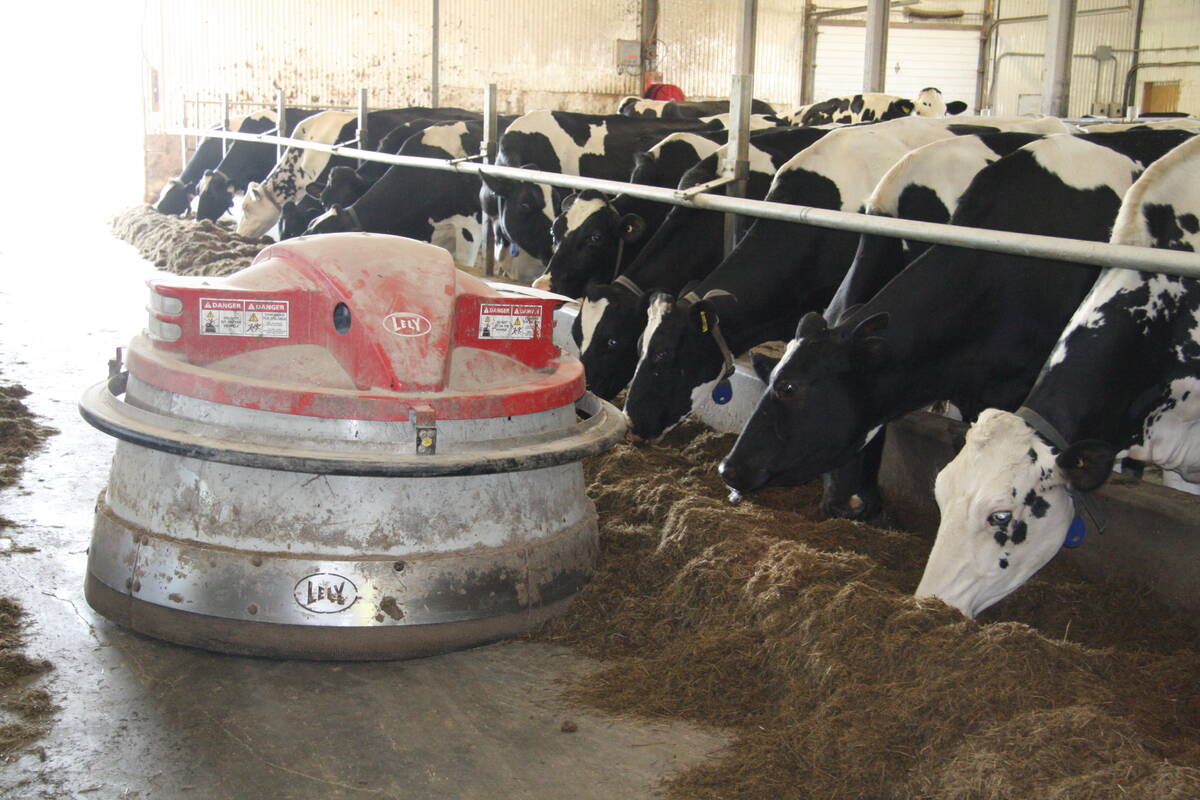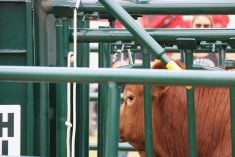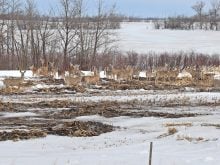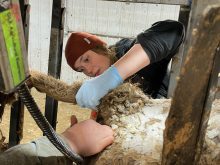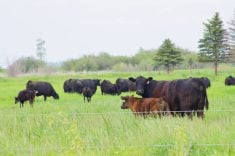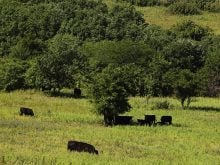Glacier FarmMedia – The infection of dairy cattle with highly pathogenic avian influenza was a surprise nobody was anticipating, though it did present some benefits, says Canadian Food Inspection Agency deputy chief veterinary officer Cathy Furness.
She was part of a panel discussion at the Animal Health Canada Forum earlier this fall, where panelists relayed their experiences preparing for H5N1 infections in dairy cattle and how those lessons could be applied to foot-and-mouth disease preparedness in the future.
Why it Matters: FMD remains a major concern for livestock in Canada. To avoid catastrophic losses, Canadian authorities must prepare for all outcomes.
Read Also
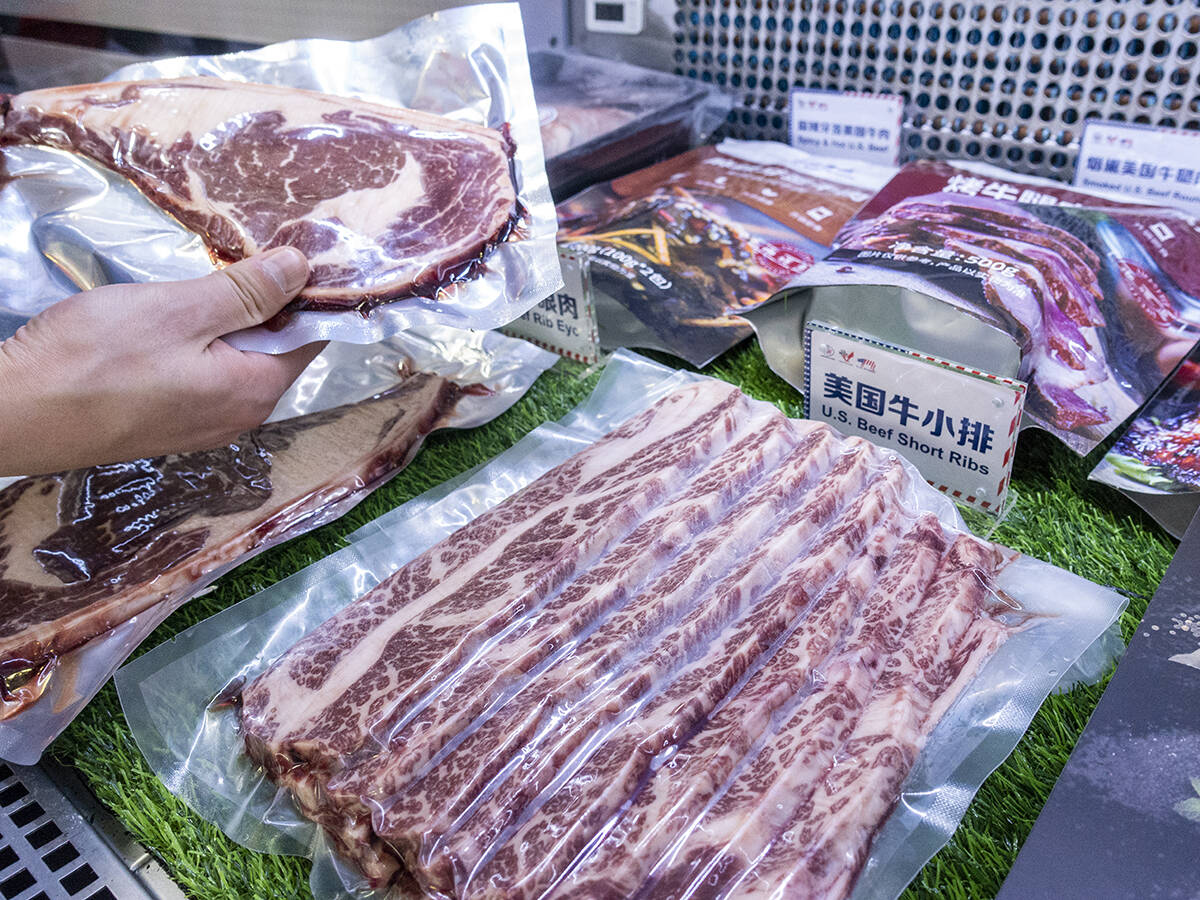
Tariffs cost U.S. Chinese beef market
Australian beef has replaced U.S. supply in China since president Donald Trump returned to the White House, funnelling hundreds of millions of dollars into Australian pockets.
HPAI has still not reached dairy cattle in Canada, but governments and industry groups want to be prepared if it does. Furness said much of the information coming out of the United States was unreliable, meaning the CFIA had to come up with a “nimble” plan.
She said one of the most important aspects of that plan is communication with familiar, trusted sources.
“I think the one benefit of starting from scratch and then building from the ground up (is) we can bring everybody along together in that awareness journey, in that planning journey,” Furness said.
She said this required “a lot of communication, a lot of patience and a lot of asking questions.”
“At the end of the day, our relationships are strengthened. We have that kind of bonding trust, and we have an ongoing communication that will enable us to work through these together.”
Cheryl Schroeder, senior adviser of animal health at Dairy Farmers of Canada, said establishing contact with stakeholders quickly and forming groups with people who already knew each other helped create a space where everyone could stay up to date and speak freely.
Similarly, Furness said having AHC as a facilitator made communication easier.
“For me, that actually took a lot of weight off my mind because I wasn’t having to say, ‘OK, now, Cathy, you gotta make sure you call DFC, CCA.’ I didn’t have to run through all that because (AFC) took care of it for me.”
The panelists explained how these lessons in collaboration and unity could be applied to future biosecurity endeavours such as FMD management.
“I think communication is going to be our foundation of a successful response,” said Furness.
“We’re communicating really positively between government, provinces and territories and industry associations, but now I think we need to really focus on how do we get to our boots on the ground, our private practitioners, our producers, our service providers?”
Andrea Genereaux, director of sustainability and consumer expectations with the Dairy Processors Association of Canada, said previous familiarity with threats such as HPAI helps to inform rational decision-making.
“We haven’t had to deal with it, right? And so, foot-and-mouth disease, it’s the same thing. We know it’s a disease, but it’s new to us. And when something is new, it’s really scary. It’s a lot easier to communicate with people when you’re not in crisis mode and when they’re not having kind of knee-jerk reactions.”
This involves identifying producers’ top concerns and finding as many answers as possible.
She said getting regular, weekly updates from AHC has always been helpful.
California Department of Food and Agriculture veterinarian Natalie Ward joined the panel virtually to speak about her experience dealing with HPAI in dairy cattle in California. She said preparation for the disease was initially difficult.
“Dairymen were pretty dismissive about this disease,” Ward said.
“Originally, the information coming out of Texas wasn’t complete. Even in other states, we struggled to get pretty good information about what worked and what didn’t.”
Something she said helped was creating a division of responsibilities between the federal and state level.
“What really matters is that (the U.S. Department of Agriculture) were able to take care of the avian side and the state was able to focus on the dairy side.”
In the end, Ward said most dairy producers in the state came out with a favourable experience, “with a few notable exceptions.”
Furness said one of the most important future steps will be empowering producers and other key stakeholders to take the first steps in communication.
“They need to know how to reach in to either provincial or federal governments,” she said.
“They have to understand that it’s coming from a place where we want to help. It’s not punitive.”


